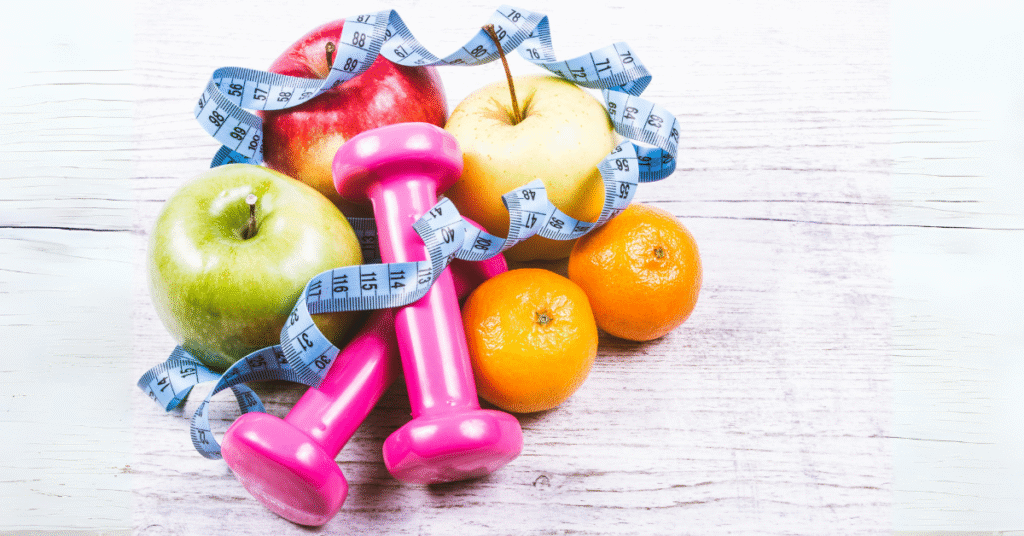Why New Year’s Resolutions Fail

Windsor, Ontario, 2017: It is the same for most people and it is repeated year after year. Every New Year 90% of all people set some sort of New Year’s resolutions. Yet, 92% of those resolutions will fail and here is why. Shooting for the moon can become so overwhelming and stressful that success seems too far away. In these cases any progress short of your goal is looked at as failure. Therapist Rick Saruna of Body and Mind in Windsor, Ontario calls this, “The Mind Trap.” Abandoning a goal or a resolution that is a struggle releases a person from the feeling of failure since they are not actively trying. It is a way of justifying a negative behavior with a behavior that subconsciously is perceived as less negative. Subconscious expert Rick Saruna says, “The thought is if you are not trying you are not failing.” The most common New Year’s resolutions or goals people set are for weight loss and to quit smoking. These two goals are set by many each and every New Year. Yet by the end of January these goals are abandoned and old behaviors are resumed. However, they can still be achieved if done properly. In order for goals to be achieved they need to be more specific, realistic and attainable. This is true especially of someone that has been trying repeatedly for the same goals without success. A determined and motivated person can go for their goal and attain it. Determination is decided by motivation. Motivation is determined by belief. Belief if determined by previous success. So if a person has experienced failure in the past the chance of success in the future will drop significantly. The key is to set smaller and more obtainable goals because success will breed success. The important thing is to see each step as an achievement to motivate to the next step. Clinical therapist Rick Saruna who specializes in weight loss and quit smoking says, “When someone has a goal that is important to them and they are struggling, then they should seek a specialist to help them. This will keep motivation high, goals broken down in to steps and it will be done in a supportive environment. Then, you will reach your goals.” Rick Saruna is Clinical Director of Body & Mind, a Counselling and Therapy Centre in Windsor, Ontario. They specialize in helping people quit smoking, lose weight, remove anxiety and achieve their goals. They can be contacted at 519-948-0078 and at www.StressFree.net
Eat Your Way To Weight Loss

There is a common misconception that you have to starve yourself to lose weight. This is simply not true! Actually, you must eat to lose weight. It is the Glycemic index that can help you determines what happens in your body. Let me explain. Your body needs glucose, which is a form of sugar, and is the main fuel for the body. The body is constantly trying to maintain blood sugar levels and it is the carbohydrates we eat that turns into glucose which goes directly into the blood stream to feed all the cells of the body. Glucose is the only fuel your brain uses and it is the brain that uses more energy than any other part of your body. If your blood sugar goes down, it starves the brain and a wide variety of symptoms can occur such as feeling weak and sluggish, drowsy, dizzy, confused, headache, irritability, trembling, rapid heartbeat, and even anxiety and panic attacks. Carbohydrates alone do not make a healthy body. We need a balance of protein, carbohydrates, fat, water and exercise to maintain health. The biggest difficulty that we have with weight problems is over indulging in high glycemic foods. These are the foods that contain too much sugar or foods that are refined carbohydrates. If you over indulge in carbohydrates, (which produce insulin) then the excess glucose gets stored as fat. You can counter that by eating protein with it, (which produces glucagons). Glucagons promote the utilization of fat to be used for energy. Insulin and glucagons in balance maintain normal blood sugar levels. A body in a high insulin state promotes excess stored fat and disease. The foods that are high on the glycemic index are foods such as the root family, potatoes, carrots, parsnips, yams etc. If you want to eat potatoes then I’d opt for the yams or sweet potato (without the honey and brown sugar). They are the lowest on the glycemic scale. Also rice, pasta, corn, most breads are high on the scale as well as some fruits like bananas, apricots and pineapple. Some low index foods are vegetables such as broccoli, the lettuce and cabbage family, various beans, dairy and for women, soy. I would also like to make a mention about fat. Fat in itself is not the bad guy. Our diets need fat to remain healthy. Fat provides fuel for the body plus it helps in the development of cell membranes and hormones and also helps to insulate our bodies. Fat in our foods is what gives us that satisfied feeling. You don’t need very much fat intake. Stick with good fats like olive oil, flax oil, coconut oil and stay away from saturated or trans fats. Portion size is very important. The rule to remember is; if you have approximately 3 oz. of protein and you have a high index carb, then eat only 3oz of that carb. It is a one to one ratio. A protein and a low index carb would be 3 oz of protein and 6 oz of carb. It is a 1 to 2 ratio. Eat 6 small meals per day in the correct ratio this will assist you in your dietary needs to lose weight. Also don’t forget water, water, water and make it your new favourite drink. Enjoy! Need help losing weight? We can help at Body and Mind in Windsor, Ontario. We specialize in helping people like you lose weight, remove emotional eating and relieve stress. Call us today for more information at 519-948-0078
